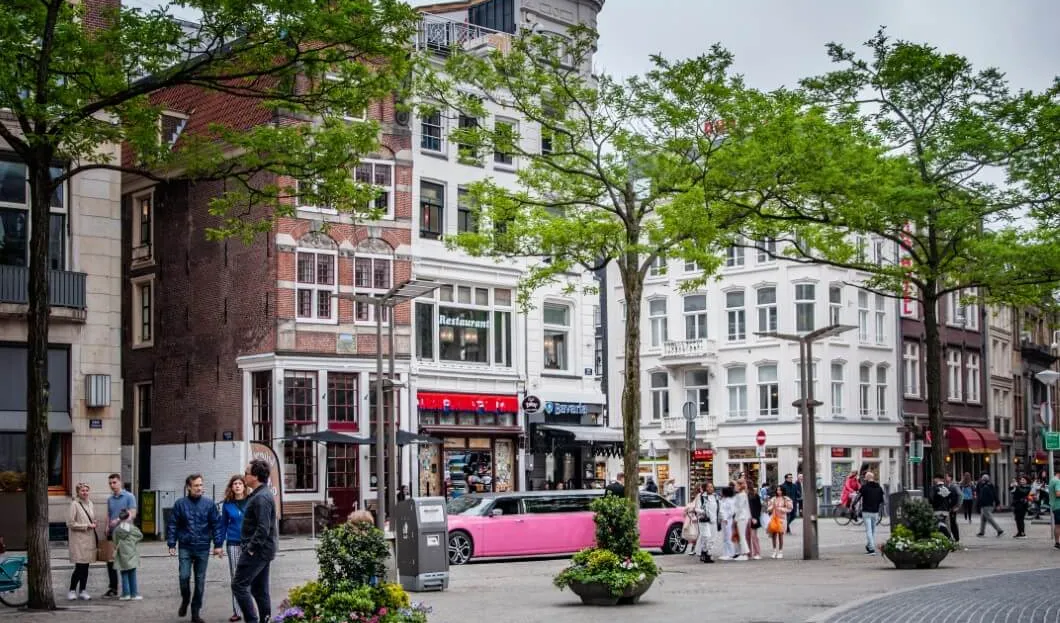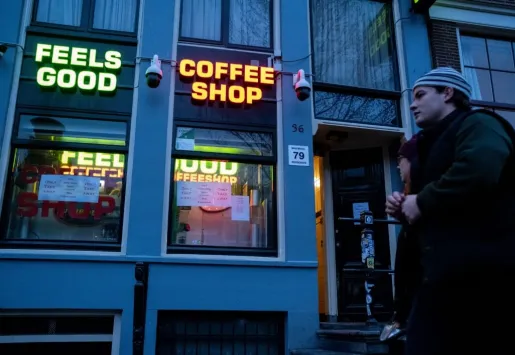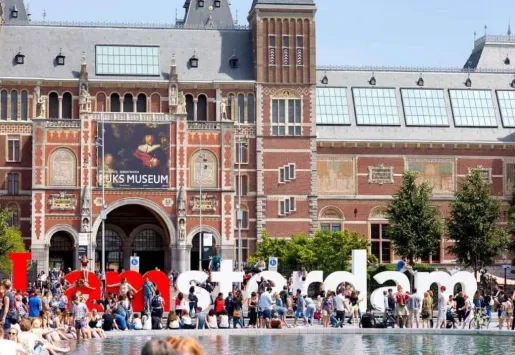
Will popular European cities such as Berlin, Barcelona or Amsterdam soon be overrun by tourists again as the flow of travelers increases? Quite possibly, but the Dutch capital, in particular, is declaring war on the overtourism problem. And this is at a time when the tourist industry has suffered for months. Instead, the inhabitants were happy to finally have their city to themselves again.
Amsterdam is not the only city that has been facing mass tourism for years. Venice is another community trying to fight masses of visitors. As of August 1, 2021, cruise giants are no longer allowed to dock in the lagoon city and use the Giudecca Canal. Ships that weigh more than 25,000 tons are no longer allowed to dock. This means that only small passenger ferries and cargo ships can use the Giudecca Canal to get to Venice's historic center.
In Amsterdam, on the other hand, a group of citizens, the tourism industry and the city, the mayor of Amsterdam, Femke Halsema, drew up the "Stad in Balans" catalogue of measures, which proposed a total of 88 measures and was presented in November. Among them are, for example, a tourist limit, fees for day tourists, higher fees for low-cost airlines or ideas on how to lure tourists to neighborhoods other than the city center.
According to the report, months earlier the citizens' initiative "Amsterdam has a choice" had petitioned the city to finally introduce a cap on tourists. Twelve million instead of 22 million overnight stays should still be allowed. 30,000 residents signed it. Last week the petition was passed as an ordinance under the name "Toerisme in Balans" by the city council. By doing so, Amsterdam has become the first city in the world to impose a growth limit on the tourism industry.
Specifically, the ordinance provides for a corridor of 10 to 20 million tourist nights, with 12 and 18 million as signal values. "The strength of this regulation is that we have agreed on how many tourists we actually think are good for Amsterdam," said Reinier van Dantzig, parliamentary group leader of the left-liberal Democraten 66 party. A lower tourist limit is important because there are currently too few visitors in Amsterdam, while the upper limit serves to ensure that the situation does not get out of hand.
The city council makes an annual forecast of tourist overnight stays for the current and the two upcoming years - and a balance sheet for the previous year. If the number of overnight stays gets close to the signal values, a strategic plan is to be drawn up within six months, containing measures such as regulation of private room rentals or a change in the tourist tax. In addition, the municipal council would be informed every two years about the quality of life in the city districts.












